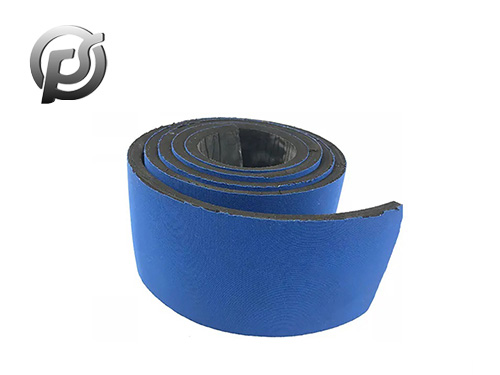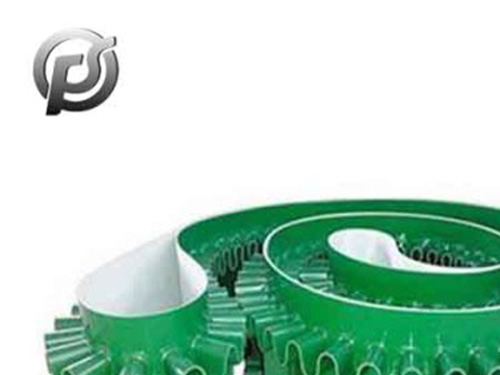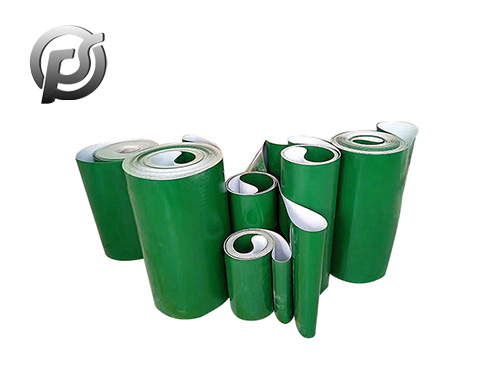The food conveyor belt is a mechanized system that transports food items or ingredients from one point to another along a continuous loop. It operates on the simple principle of a rotating belt, powered by motors or manual effort, enabling the seamless movement of food items through different stages of production or serving.
One of the most significant advantages of the food conveyor belt is its ability to automate and expedite processes. In busy commercial kitchens, it streamlines the preparation process, allowing chefs to focus on the actual cooking rather than spending time moving ingredients from one station to another. Additionally, in food processing plants, the conveyor belt ensures a smooth flow of raw materials, reducing the risk of bottlenecks and increasing overall productivity.
Moreover, the food conveyor belt has played a crucial role in maintaining food safety and hygiene standards. Many conveyor systems are designed with easy-to-clean materials and components, which reduces the risk of cross-contamination and ensures compliance with food safety regulations. Additionally, the automation of food handling minimizes human contact, reducing the risk of potential contamination from food handlers.
Beyond commercial use, food conveyor belts have also found their way into home kitchens. These miniature versions are often used for baking purposes, allowing home cooks to easily transfer delicate baked goods in and out of the oven with minimal handling, ensuring they remain intact and beautifully presented.
While the food conveyor belt has undoubtedly brought about a myriad of benefits, it is essential to address some potential challenges. Maintaining and repairing these complex systems may require specialized technical skills and can lead to downtime if not adequately managed. Furthermore, there may be concerns about the environmental impact of certain materials used in the construction of these conveyor belts, calling for sustainable alternatives to be explored.
In conclusion, the food conveyor belt stands as a remarkable innovation that has transformed the culinary landscape by enhancing efficiency, ensuring food safety, and elevating the overall dining experience. As technology continues to advance, we can expect to see further improvements and innovations that will shape the future of food production and consumption.
 PE Conveyor Belts: Characteristics, Applications, and Advantages
PE Conveyor Belts: Characteristics, Applications, and Advantages
 Stone Conveyor Belt: Enhancing Efficiency and Productivity in Material Handling
Stone Conveyor Belt: Enhancing Efficiency and Productivity in Material Handling
 Optimizing Operations with PE Conveyor Belts: Durability, Efficiency, and Versatility
Optimizing Operations with PE Conveyor Belts: Durability, Efficiency, and Versatility